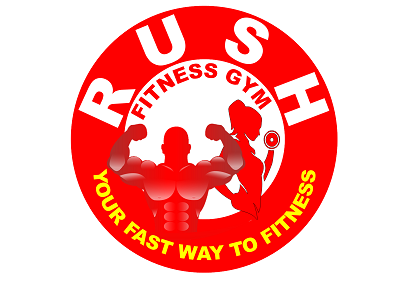
Many recreational exercisers and athletes choose to tackle cardio and resistance exercise during the same training session or within hours of one another (also known as concurrent training). If this is you, you may be wondering, “Which should I do first?” And, “Will doing one before the other sabotage my progress?”
The answer to both questions is: It depends on your goals.
If you’re training for an endurance event or your goal is to simply boost cardiovascular endurance, get your run, ride or swim done before you hit the weights.
If you do strength training first, you’ll limit the amount of energy you have available for your cardio session, says Jacque Crockford, MS, an exercise physiologist for the American Council on Exercise. Lifting weights can stress the body in ways that could potentially hinder endurance progress.
For example, a review in Sports Medicine reveals that a single resistance training bout can alter athletes’ running gait, increase muscle soreness and deplete glycogen levels (our bodies’ storage of quick-acting carbs) for several hours. And research from ACE shows that lifting weights first can increase heart rate by 12 beats per minute during a cardio workout, which makes the run or ride feel more intense, causing you to feel tired sooner.
Meanwhile, if your goal is to increase muscular strength and power, lift before doing any cardio.
“If you perform cardiovascular training first, you won’t have as much available energy during the second half [of your workout], which is where you’d want to see your performance increase,” Crockford says.
For example, one study in the Journal of Strength & Conditioning Research found that when a group of healthy men performed cardio before their strength workout, they experienced a decrease in muscular power, an increase in perceived exertion and a heart rate up to 5.5% higher than the control group, especially after a HIIT workout. Similarly, another study found men who ran or cycled prior to lifting weights were able to complete fewer strength reps than those who did no cardio beforehand.
An effective and efficient way to squeeze both strength and cardio exercise into a single workout is to simply combine them — but only if your goal is weight loss. According to Crockford, utilizing both exercise modes within a single workout maximizes your energy expenditure (read: more calories burned), which is the ultimate goal when exercising for weight loss.
To understand why this method is best for increasing energy expenditure, think back to the ACE study mentioned above. If you recall, researchers found that lifting weights first can elevate your heart rate by up to 12 beats per minute during your cardio session. As a result of this elevated heart rate, an otherwise moderate-intensity run or ride feels more intense. Then, when you switch back to resistance training, your fatigued muscles have to work even harder to complete the set. And so on.
Try super-setting strength and cardio exercises, like alternating sets of squats with intervals on the treadmill.
Unless you’re dead-set on only improving cardiovascular endurance, losing weight or gaining muscular strength, chances are you have multiple fitness goals you’re working on at any given time. For example, many people want to improve endurance, strength, fat loss, flexibility and power — simultaneously.
If this is you, and you’re training 3–5 times per week, decide which goal you want to focus on before starting that day’s training session, Crockford says.
A sample weekly workout schedule for someone with multiple goals might look something like this: Strength followed by cardio on Monday, a metabolic session for weight loss on Wednesday, and an endurance-focused workout on Friday.
SOME FINAL CONSIDERATIONS
Concurrent training can be intense, and if you do too much too much soon, you may experience muscle soreness post-workout that lasts longer than the typical 24–72 hours. If so, dial back the intensity of your next training session, and aim to increase your weekly workout volume by no more than 5–10%, Crockford says.
Finally, remember hydration, nutrition and sleep play a key role in the recovery process. If you’re excessively sore or feeling run-down following a workout, it could be that you didn’t get enough sleep, water and/or nutrients for adequate recovery. So, play detective and experiment until you find a regimen that works for you.
Source: blog.myfitnesspal.com
Don't forget to like and share!
